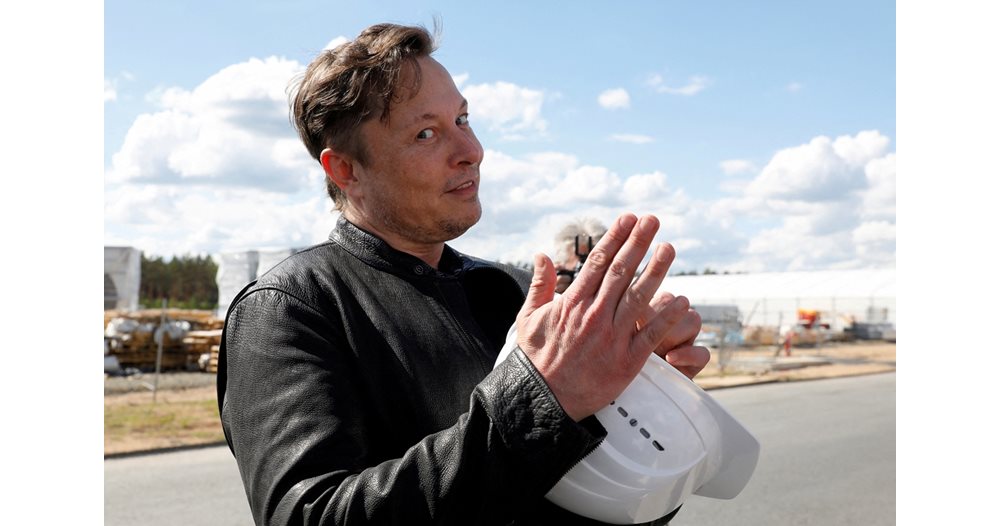Chemotherapy-induced neuropathy (CIPN) is a common side effect of cancer treatments. This leads to severe chronic pain which often persists after cancer therapy. Furthermore, these disorders ensure that chemotherapy is often reduced or stopped, which reduces the cancer patient’s chances of survival. Cytokines, the body’s proteins that play an important role in immune responses, also appear to play an important role in pain regulation and nerve protection. Anti-inflammatory cytokines in particular play an important role in this, often in combination with each other. For this reason, we have recently created new molecular structures in which we couple 2 different anti-inflammatory cytokines into one molecule. Early versions of these fusion proteins show that they activate different cytokine receptors, but also bind them together. This results in a much stronger response that effectively protects neurons from the adverse effects of chemotherapy.
In this project, we want to determine the most optimal combination of anti-inflammatory cytokines to protect pain nerves, without affecting cancer treatment. To do this, we observe how fusion proteins can limit the damage parameters of nerve cells in culture. Furthermore, we determine whether these fusion blanks have no effect on the effect of chemotherapy in cultured tumor tissue. These experiments help pre-select the best candidates to test in animal models for CIPN and cancer. It is important for further clinical development to understand how these molecules work. Therefore, using different technologies, we will determine which cell types, cytokine receptors and signals through these receptors contribute to the mechanism of action. These studies will make an important contribution to the development of an effective therapy against CIPN. The most active combination of anti-inflammatory cytokines will then be further developed by Synerkine Pharma into a full-fledged drug that can ultimately contribute to a better quality of life for (former) cancer patients and more effective cancer therapy.
